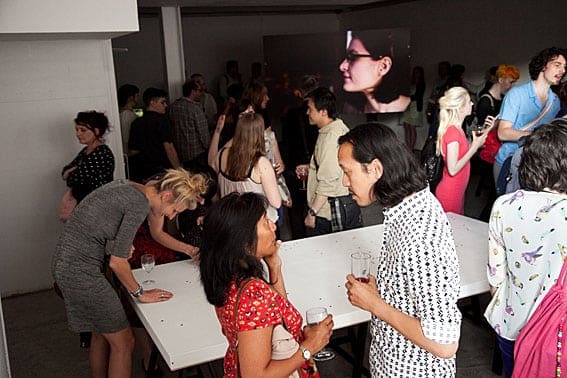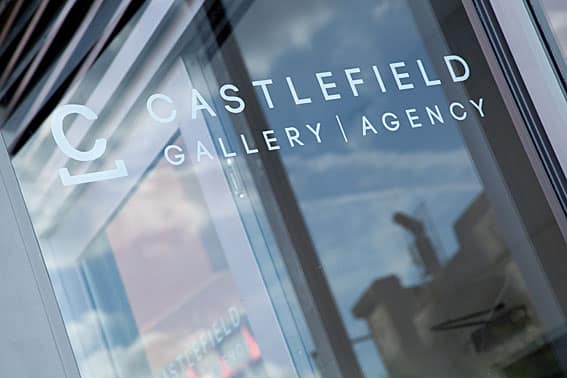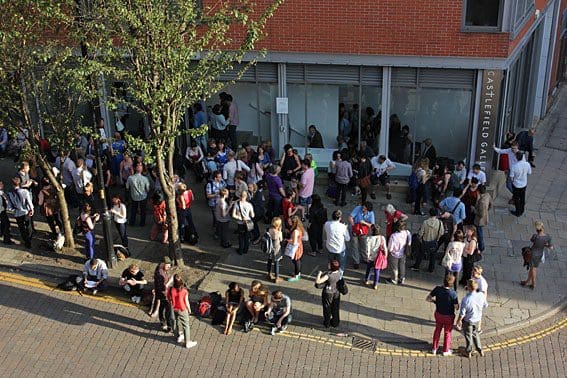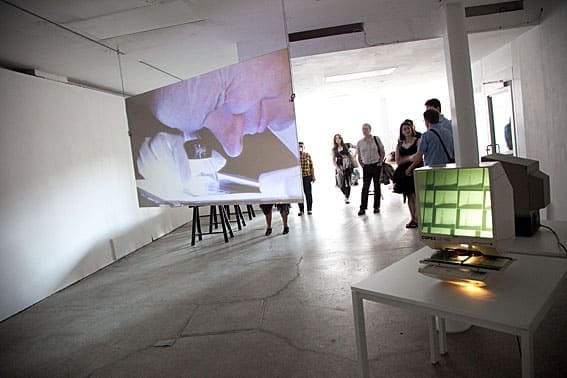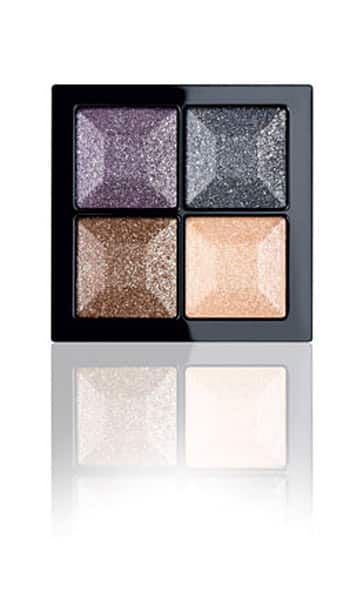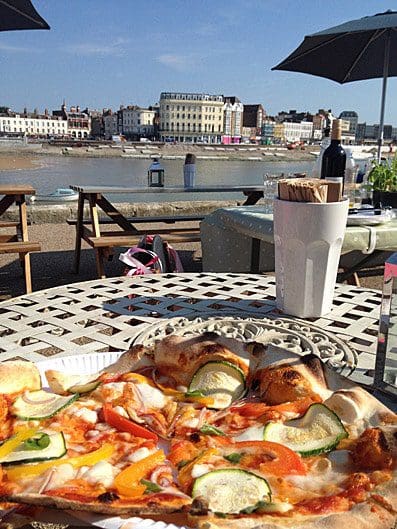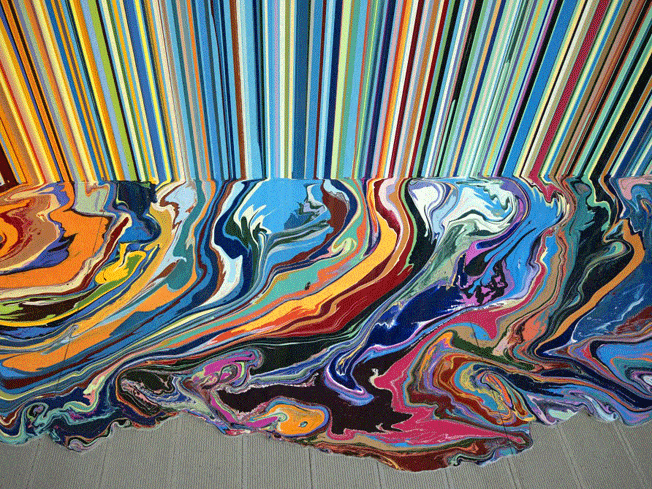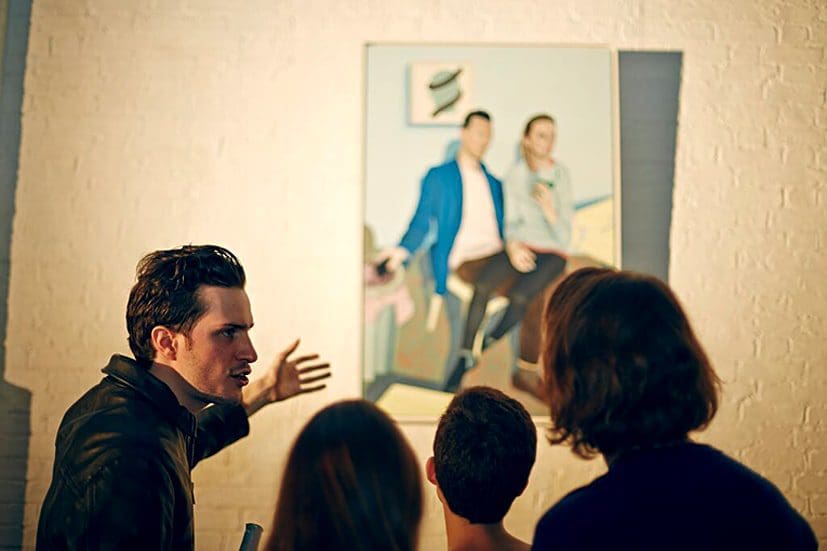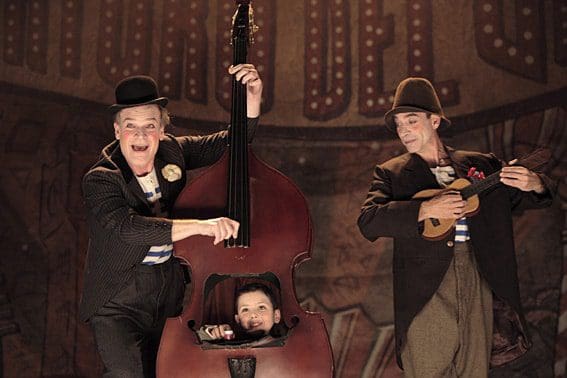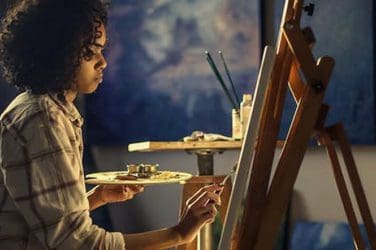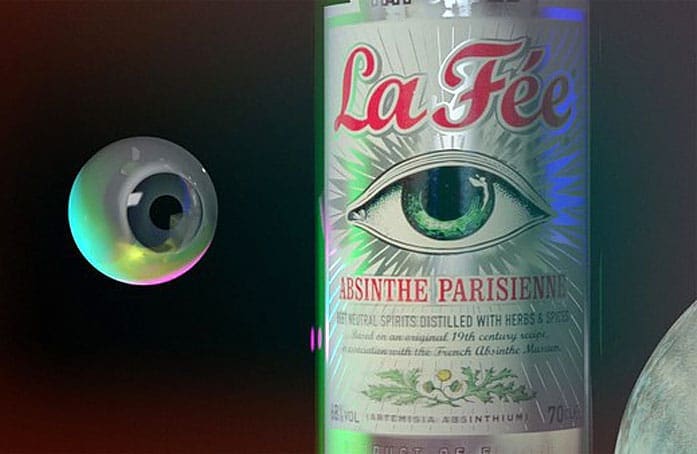We were stunned and saddened when we heard the news. Castlefield Gallery, a supporter and champion of the North West arts scene had had its funding application turned down. Many people took this to mean the end for this much loved and vital institution. How could the Arts funding bodies be so short sighted? Were they the victims of a new cut-obsessed government? Many questions came to mind and were muttered by many.
And now the positive part – Castlefield Gallery are back from the dead with a new energy and purpose along with a newly refurbished gallery space. Their opening show is from Manchester based artist Dave Griffiths and is co-produced with Film and Video Umbrella. The exhibition features two ambitious new works ‘Deep Field’ and the film ‘Babel Fiche’ which explores our need to collect, hoard, categorise and remix images with accompanying soundtrack by Graham Massey. Using public and private video fragments he creates a work that imagines how future generations might see our current times. With the welcome news of the re-launch Lee Taylor spoke to gallery director Kwong Lee about the near death experience of the gallery and the many questions that remain.
Many people were upset and surprised (including ourselves) when they heard about Castlefield Gallery’s recent funding crisis and possible demise. How close did it come to closing for good?
It was close but at the same time, we knew that by owning the building (thanks to a substantial Arts Council Capital Lotteries grant to relocate in 2002), our overheads are comparatively low. So in the scenario that if we didn’t get any funding at all, we still might have been able to operate a venue/hub for artists at very low costs. However, at that extreme level it would have been a very different organisation, with volunteers running it and no regular budgets – so consistency and our national reputation would suffer. We did consider closing down as one of the many options, but we knew that artists and the arts community (locally and nationally) valued Castlefield Gallery’s work, with many having invested in its 27 years of artists’ development.
Were you as surprised as many outsiders at this predicament?
Yes, we were in shock which can precipitate damaging actions. We had known for some time that our diversity of income was not good – Arts Council of England’s main reasons for not funding us within the NPO strand were that we were over-reliant on their funding and that we had not secured income from other sources – something that we have been redressing since.
But we also believed that we were good value for money with the in-depth and longitudinal support we have for artists and that our impact is longer-term – artists who we have supported may go on to show nationally and internationally 5 years later – which is harder to measure. However we were not always given credit for supporting artists (and audiences) in developing new art, that the larger institutions can later have successful projects with. We therefore needed to make a better case to show that working with emerging artists and emerging art practice was crucial to the arts ecology, despite it being more difficult to find resources for. We learnt a hard lesson here – that in order to have a sustainable organisation we needed to attract income from a number of public and private sources. So yes, we were surprised but we also knew that by readdressing the balance of funding from various sources, our work can be valued even more by arts funders in this country.
As a team how did you face up to this problem and manage to turn it around?
Firstly it has to be said that the amount of support we had from artists, arts professionals and the arts community was incredible. We had emails, tweets, Facebook messages, telephone calls and people asking what was happening and pledging their support. We started a blog to capture some of the comments, and someone else started a Save Castlefield Gallery FB page. It was really reassuring that people valued our work. We started to look at wider options for income generation to resource Castlefield Gallery to continue its work in developing artists. CG’s Board and staff then had many meetings to review its strengths and weaknesses and find a way to go forward, including renewing our relationships with funders and partners.
Luckily we were had just received an organisation development grant from ACE in March 2011 (before the NPO announcements). Its original aims were to address Castlefield Gallery’s lack of income diversity, by making better use of its building assets, improving its marketing and buying in a small amount of business and fundraising expertise. After some revision of priorities, supported by ACE officers regionally and nationally, we focused on commissioning external consultants to make an options appraisal and rewrite the business strategy and business plan. This was a time for Castlefield Gallery to be really clear about what it can offer to society and be realistic about how it can achieve this. In short, we picked the right consultants to rebuild our business model and are now continuously learning how to communicate our impact and values better. Advocacy will be the key to our success in the future. As a result we have now regained ACE as our major funder (Grants for the Arts project funding over 2 years), have and secured Manchester City Council’s 3 year Cultural Partnership funding and a higher level of corporate donations. The one-off fundraising auction in May 2012 also helped of course, netting over £30,000 with 68 donated works from mainly artists, but also curators and collectors. Castlefield Gallery had repurposed itself:
Castlefield Gallery’s vision is for Manchester and the North to be a place where artists can live and produce work, while presenting their work in national and international contexts. Its mission is to nurture talent, explore cultural trends and deepen audience’s relationship to contemporary art.
With its new focus on talent development, CG was invited to address the national Turning Point visual arts conference (now renamed Contemporary Visual Arts Network) and more recently to present work by 5 ‘unsigned’ North West based artists at art:gwangju – the art fair that coincides with The Gwangju Biennale.
In a similar way to its renewed support from funders, CG has been formalising mutually beneficial relationships with partners such as Manchester Metropolitan University. At its relaunch in August 2012, the support for CG was amply demonstrated with speeches by Councillor Rosa Battle, the Executive Member for Culture & Leisure at Manchester City Council; Vivienne Bennett, ACE’s National Visual Arts Director; and Professor John Hyatt, Director of MIRIAD and Penny Macbeth, Head of Art and Associate Dean at The Manchester School of Art, Manchester Metropolitan University.
What support did you get to help you turn it around?
The consultancy – 2 outstanding experts, Sarah Fisher (ex-Head of Visual Arts, ACE,NW and current Chair of FACT and AXIS) and Kath Russell (development and fundraising specialist).
We also went to a few change management events (there were many on offer and we chose the most relevant ones), they were all useful but the most memorable was Michael Kaiser’s who instilled the reasons for and effects of good institutional marketing.
The auction – Pavel Buchler helped with planning (setting the right tone, arranging the order etc), donating work and also being an incredible auctioneer; Stephen Snoddy (Director of New Art Gallery Walsall) and Dave Haslam were great in helping at the event. And of course the list of artists, curators and collectors who donated work..and artists and volunteers who helped on the night (e.g. with telephone bidding).
Have you changed the way you think as a gallery director and as an organisation?
I have always thought Castlefield Gallery has a feel of a family business about it. This year has made me think that it IS a family business – the family being the artists, the art community, the board, staff, volunteers, partners, funders etc (the stakeholders). We have to communicate more (e.g. be more transparent), develop ways to effectively document and measure our impact on artists and for the public good, and be more entrepreneurial in our income generation, in order to maintain the quality and agency of Castlefield Gallery. I think not having the security of revenue funding has made us more purposeful and mindful of our actions.
The improved communications starts with the website – the organisation development grant has given us the opportunity to redevelop the website that will incorporate The Art Guide, our NW contemporary art listings website. We know that we need to invest time and resources to this in order to continue being relevant. Like others have said, we were very good on delivery but not great on telling people what we have done and the impact we have on the wider community.
How has the gallery space itself changed what improvements have been made?
Well, the organisation development grant afforded us some refurbishment work, with the aim of creating a rentable office and improving the upper gallery so that can achieve more gallery event hires. We have gotten rid of all the fussy balustrades, increased the wall space, improved the entrance and stairs areas, and created a rentable office with a new shared kitchenette. External signage will also be better, now that we have a new logo too.
You’ve chosen the works from the artist Dave Griffiths as your opening exhibition. Why did you choose this show to launch with?
Like many other artists around Manchester, we have been tracking their progress for many years. Castlefield Gallery works with artists from the emerging end of the artist spectrum to the more established artists. Dave is the latter and we feel that now is the time to produce a solo show with him. His work has depth and a quality thatwe think we can help to develop his career further. If one looks back (when the archive is back on the new website!) at our back catalogue, Castlefield Gallery has exhibited new work that bring new ideas or challenge the way we look at the world. Dave’s work is in this vein. He creates a dialogue between digital and microfilm technologies, between crowd sourcing and co-authorship, and between knowledge and image. The Babelfiche exhibition is a good example of us making an opportunity at hopefully the right time for the artist (and by the way presenting an exhibition worth looking at too). We hadn’t especially selected it as our re-launch exhibition, but maybe it typifies how we work… with artists over a long period at various stages of their careers. In fact we have worked with Dave before, showcasing his video work, employing him to author artists’ DVDs, and promoting his connected artistic practices – as an artist who also curates. For this show, we have also worked with Film and Video Umbrella on co-producing the Babelfiche film, and the show is presented in association with Bureau, who also represents Dave. A more direct link is that we have begun to work with annual themes, 2012-13 being World in Transition – a background context rather than a driving theme, but it reflects our understanding of how the world is changing – economically, technologically and culturally. Of course it also refers to Castlefield Gallery changing
So that’s the happy ending. Castlefield Gallery is back from the brink and is moving forward with a new renewed energy and sense of purpose. They have always been more than just a gallery and now they are building on that legacy to act as mentors and promoters as well as providing that valuable gallery space to a great many new and exciting artists.
Castlefield Gallery, 2 Hewitt Street, Manchester, M15 4GB www.Castlefieldgallery.co.uk


